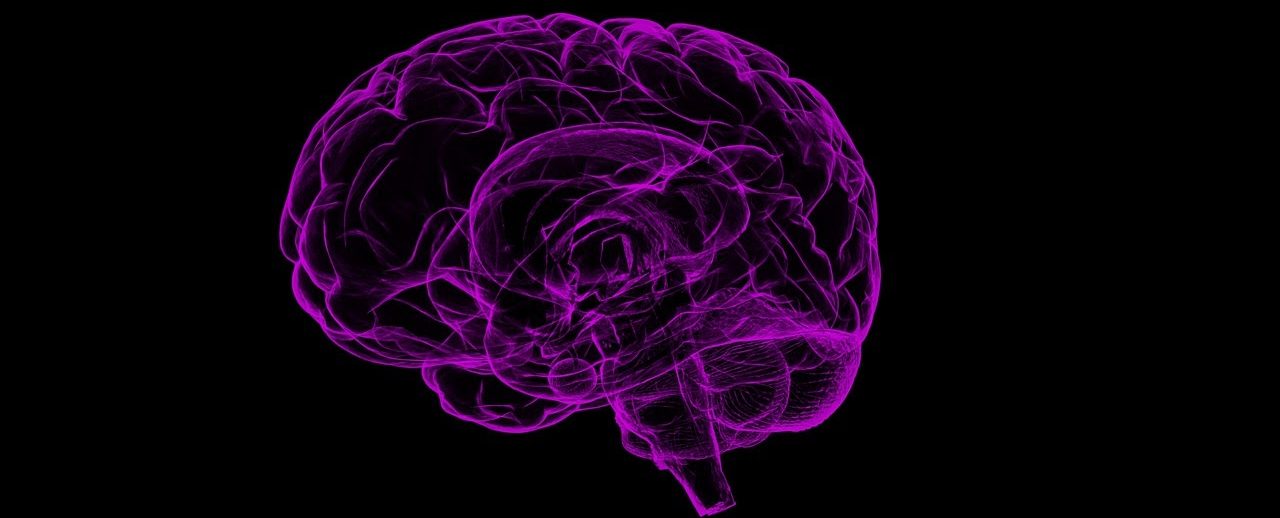By Liane Albarghouthi
Nowadays, you can unlock your phone just by glancing at the screen thanks to cutting-edge facial recognition biometrics. Just as infrared lights in your iPhone scan your face to unlock your phone or authorize tasks, scientists have echoed this concept into technology that can further our understanding of one of humanity’s most enigmatic diseases: Alzheimer’s.
Alzheimer’s — an irreversible brain disease under the umbrella of dementia — slowly deteriorates memory and cognitive function. Currently, there exists no cure to this life-altering disease that affects over five million Americans. As the search for treatment surges forward, it becomes increasingly important to understand how to spot the earliest possible signs that distinguish a healthy brain from that plagued by Alzheimer’s. As it happens, one of the most valuable tools at our disposal is artificial intelligence.
Artificial intelligence is a broad branch of computer science concerned with developing machines and applications that perform tasks autonomously. Deep learning is an important subset of artificial intelligence and is encompassed by machine learning. Deep learning networks are capable of learning from sizable amounts of unstructured data. This means deep learning algorithms can learn to process raw input by performing a given function over and over again.
So, how does this help us diagnose Alzheimer’s?
Researchers at the University of California, San Francisco (UCSF) and UC Davis have engineered a device that employs deep learning processes to detect amyloid-beta plaques — protein fragments commonly found in the brains of Alzheimer’s patients — and provide critical information on their location. To achieve this feat, researchers developed an advanced algorithm referred to as a convolutional neural network (CNN) capable of learning to scan and identify thousands of pathological patterns in the brain. In addition to recognizing key indicators of certain cancers, CNNs have proven paramount in the pursuit of precise diagnostic medicine for Alzheimer’s.
In the study, researchers depended on neuropathological whole slide imaging (WSIs) — a virtual microscopy and image-processing technique in which glass microscope slides of scanned brain images are projected digitally. Since amyloid-beta plaques differ in their structure and neuroanatomic location, it is critical to train CNNs to distinguish diverse brain images. Thus, researchers developed a web interface that annotates, or categorizes, varying amyloid-beta plaque images and stores that information in a database. The CNNs followed three phases of classification and training. Essentially, in each phase, the CNNs were trained by classifying and annotating tens of thousands of sample neuropathological WSIs from the dataset based on the differing structure and location of amyloid-beta plaques shown in the brain scans. What this training demonstrates is an ability for CNNs to not only distinguish amyloid-beta morphologies, but to also provide critical information regarding amyloid plaque localization — an essential tool that potentially alters our understanding of Alzheimer’s and how it affects different patients.
Naturally, this form of advanced, cutting-edge technology does not come without its limitations. For one, it is not clear how applicable this tool is across a diverse set of individuals with Alzheimer’s. By the same token, it is difficult to determine the amount of training necessary for CNNs to accurately classify and rank amyloid-beta morphologies. The challenge is in creating a dataset whose size and diversity can properly be scaled to the magnitude of the cases we observe worldwide.
There remains much left for us to discover about Alzheimer’s disease. Nevertheless, deep learning neural network tools have the potential to restructure our approach to Alzheimer’s diagnosis and treatment and can make headway in resolving decades of questions researchers have compiled. With this in mind, the nexus of artificial intelligence and medicine can vastly adapt how we treat diseases.
Works Cited:
About Face ID advanced technology. (2020, February 26). Retrieved from https://support.apple.com/en-us/HT208108
AlzheimersResearchUK. (2016, October 13). What is dementia? Alzheimer’s Research UK [Video file]. Retrieved from https://www.youtube.com/watch?v=HobxLbPhrMc
Artificial Intelligence Could Vastly Scale Up Alzheimer’s Research. (2020, April 23). Retrieved from https://www.ucsf.edu/news/2019/05/414476/artificial-intelligence-could-vastly-scale-alzheimers-research
Jo, T., Nho, K., & Saykin, A. J. (2019, August 20). Deep Learning in Alzheimer’s Disease: Diagnostic Classification and Prognostic Prediction Using Neuroimaging Data. Retrieved from https://www.ncbi.nlm.nih.gov/pmc/articles/PMC6710444/
Marr, B. (2018, December 12). What Is Deep Learning AI? A Simple Guide With 8 Practical Examples. Retrieved from https://www.forbes.com/sites/bernardmarr/2018/10/01/what-is-deep-learning-ai-a-simple-guide-with-8-practical-examples/#3aca85818d4b
Tang, Z., Chuang, K. V., DeCarli, C., Jin, L.-W., Beckett, L., Keiser, M. J., & Dugger, B. N. (2019, May 15). Interpretable classification of Alzheimer’s disease pathologies with a convolutional neural network pipeline. Retrieved from https://www.nature.com/articles/s41467-019-10212-1

